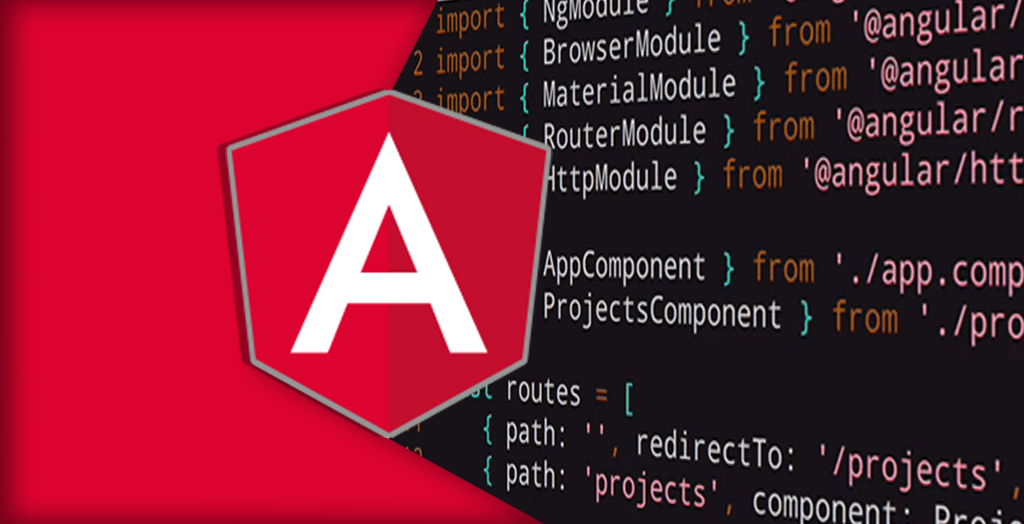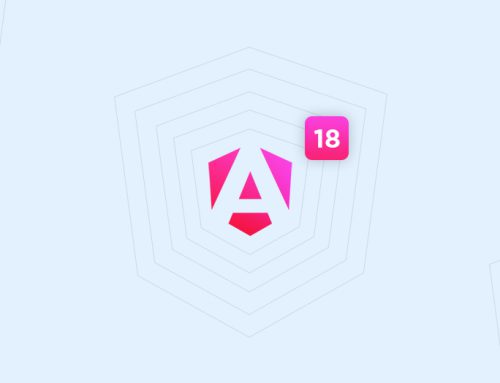Table of Contents
Have you been a strict adherent of Angular, keeping a tab on every single update and version?
So, you are in the right place, as the article will acquaint you with the latest release of Angular i.e. Angular 10 as well as its top highlights. According to the survey conducted by Statista, JavaScript with 68% of votes, is the most popular programming language among the developers, and Angular, being one of the most strong variants of JavaScript, is gaining immense popularity as well. The reason behind such popularity is the advantages offered by Angular that are Cross-Platform Development, impeccable speed and performance, amazing tooling, and a humongous community.
Angular helps to create an intuitive as well as dynamic SPAs (Single Page Application), using Typescript along with the HTML/CSS to code the Application which is compiled to JavaScript. Not only this, Angular comes with some of the unique features, making it stand out among other JavaScript Frameworks, such as:
Dependency Injection(DI)
Angular comes with its own DI, providing the declared dependencies, that are the objects and services from the external sources, at the time of class instantiation and making the application flexible, efficient, testable, robust, and maintainable.
Directives
Angular facilitates the programmer with a modular programming approach through the element called Directives, making the code more structured and clean. A Directive is a reusable component that embodies the functional and behavioural properties of a component, allowing to keep a record of the changes in an HTML code at one place rather than tracking it throughout the script.
Typescript
Angular uses a more advanced form of JavaScript – TypeScript, also called Superset of JavaScript. Though the language is a bit complex than JavaScipt, it promises higher security, speed, and better performance offered through early detection of errors.
POJO
Despite being based on a new language i.e. Typescript, Angular does not force you to create any sort of additional getters or setters, rather empowers you to manipulate the Object functionalities and properties as per the requirement through the same JavaScript code. The reason behind such a facility is that the objects used in Angular are Plain Old JavaScript Object (POJO) rather than the typescript ones.
Angular is continuously evolving and with its every version, it upgrades itself with some novel and tremendous features. Let’s check out the latest features that are included in Angular 10.
Upcoming features of Angular 10
Angular has come a long way since its release in 2009, releasing numerous successful versions ranging from Angular JS to Angular 9. Its latest version Angular 10, is already on the way to get released, in fact, two of its beta version already released in April 2020, which can be downloaded from GitHub. Angular 10 is expected to be smaller than that of the previous Angular versions, including some new features along with the pre-existing features of Angular 9.
-
Improved Performance
The Performance of the Angular 10 is definitely the highlight of this version, thanks to modifications like cache at the entry point manifest as well as the reduced size of the manifest, the performance of Angular 10 has exceeded its previous versions.
Angular 10 facilitates the caching of the dependencies (Objects and services) at the entry point itself, making it easy to access and reducing the computation load as well as liberating from the process of loading and computing the dependencies every time when required.
-
URL Matcher returns NULL
Angular 10 has updated the URL Matcher feature, which matches the routes against the URL. Unlike previous versions, in Angular 10, the URL matcher is allowed to return NULL.
Track the change at GitHub.
-
Dependency Information should be added to Metadata
According to this feature, the declaration of the class should contain information about Angular decorators used in Constructors, if used, else the value should be set to null type. The Metadata should also include the ng-content selectors which are quite helpful for tooling. These tools extract the necessary information from metadata.json manifest file and offer suggestions for directives or components that are defined in libraries.
Track the change at GitHub.
-
Decorated Derived Classes of Undecorated Class Migration
Earlier in the previous version of Angular, among the Base Class and Derived Class, Directives were added only to the Base Class during the Migration, which has been addressed in Angular 10. In this version, the missing logic has been added, hence, during the Class Migration, Directives are added to both Base Class as well as Derived Class, enabling the Angular Compiler to add Directive definition to the components of the Derived class.
Track the change at GitHub.
-
Changed Service Worker(SW) Strategy
In order to address the challenge of registration of the service workers during the long-running task or timeouts, Angular 10 has changed the Service Worker Strategy, trying to wait for the stabilization of the Application, failing which registration automatically occurs after 30 seconds.
Track the change at GitHub.
-
Avoid Runtime Error due to the Import of Non-Existent Symbol
This is a problem faced when a project tries to import a non-existent identifier, leading to Runtime Error, and hence Migration Fail. The reason behind this is the failure of TypeScript to compute the path from the original source to the imported source which is expected to provide the non-existent identifier. The problem has been resolved in the latest version that is Angular 10.
Track the change at GitHub.
Take-Aways
Be an Early Bird and Walk with Us.
Technology is evolving every day and to be up-to-date, making it imperative to keep track of the changes and adapt accordingly. Using Angular for a while now, the power of the framework is not obscure anymore. With astonishing features like web components reuse, data binding, incredible tooling, and unwavering support from tech mammoths like Google, Angular has revolutionized web designing and thereby the whole Web App Development Process.
Looking up to the luminous efficacies of the previous versions of Angular as well as the new developments and bug fixes introduced in the Angular 10, it can be considered as an ideal choice for Web App Development. So, continue following the progressions and Walk with us. Hire an Angular Developer and kick start your app development process.

























